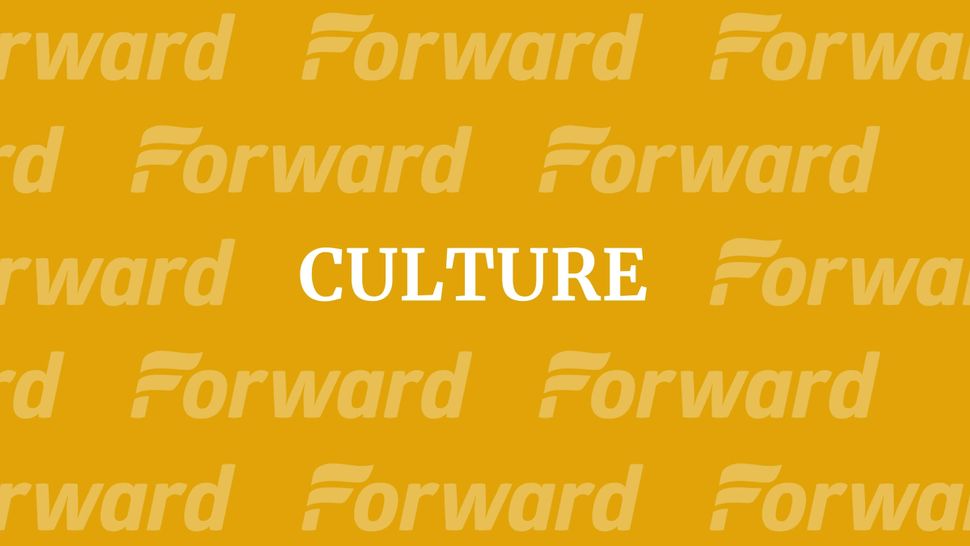8 National Heritage Sites To Visit for Hanukkah

What could be more Jewish than America’s national heritage sites?
There might be a few things, but several of the historic treasures have ties to Jewish-American history. In honor of the festival of lights, the people at our National Parks offer suggestions for historic places to visit during the Hanukkah holiday.
Touro Synagogue National Heritage Site (Newport, Rhode Island) Dedicated in 1763, Touro Synagogue is a testament to the religious freedom sought by many of America’s earliest settlers. Its unassuming homelike exterior conceals a huge main worship hall, encompassed by an overlooking second-story balcony. To this day, it continues to host an active congregation, along with more than 30,000 visitors each year.
Jewish Shelter Home (Portland, Oregon) The Jewish Shelter Home, built in 1902, has been listed on the National Register of Historic Places since 1984. The home provided an invaluable service during the 1920s and 1930s, offering shelter and medical care for those in need. Most importantly, Jewish children with disrupted family backgrounds received an otherwise unavailable religious upbringing here.
Beth Sholom Synagogue (Elkin Park, Pennsylvania) The Beth Sholom Synagogue is a stunning structure tucked away in the small Philadelphia suburb of Elkin Park. Shortly after being built, the synagogue was singled out for preservation in 1959. It is significant not only for it’s many years of service to Pennsylvania’s Jewish community, but also for its designer — the great American architect Frank Lloyd Wright. The Beth Sholom Synagogue represents Wright’s only non-Christian ecclesiastical design.
Hyde Park (Burkeville, Virginia) The flood of Jewish refugees who escaped Nazi Germany in the 1930s and 1940s made a wide range of contributions to the evolving fabric of the United States. At Hyde Park, a historic home and farm in southern Virginia, these contributions were crucial to the Jewish people’s transition to America. During and after World War II, Hyde Park provided shelter and work opportunities for Jewish immigrants, who in turn kept the 18th-century farm active well into the 20th century.
Jewish Center of Coney Island (Brooklyn, New York) Built between 1929 and 1931, the Jewish Center of Coney Island provided a much-needed focal point for the growing community of Jewish immigrants settling along the southern edge of Brooklyn during the early 20th century. Modeled in part after Christian establishments like the Young Men’s Christian Association (YMCA), the Jewish Center of Coney Island combined for the first time three institutions that had traditionally been kept separate: the synagogue, school, and community center.
St. Thomas Synagogue (Charlotte Amalie, Virgin Islands) The St. Thomas Synagogue, known as Beracha Veshalom Vegemiluth Hasidim, is the second-oldest synagogue in the United States. The structure was built and held its first congregation in 1833 for Spanish and Portuguese Sephardic Jews, which also gives this synagogue the distinction of being the longest in continuous use.
Louis Brandeis House (Chatham, Massachusetts) Louis Brandeis was appointed to the Supreme Court of the United States in 1916, making him the first Jewish person ever to serve on the Supreme Court. His ethnicity and reputation for progressive politics made Brandeis a controversial appointee, but he provided a strong moral compass for the court, often arguing for free speech and the right to dissent. The Louis Brandeis House on Cape Cod, where Brandeis spent much time with his family during his tenure on the Supreme Court, was designated a National Historic Landmark in 1972.
The Albert Einstein House (Princeton, New Jersey) The Albert Einstein House in Princeton, New Jersey was built in the 1870s. A simple two-story, “L” shaped frame, it was an integral part of Einstein’s work in the United States. Though Einstein specifically stated that he did not wish for this house to be turned into a museum, it is listed on the National Register of Historic Places in January 1976. Einstein lived here with his wife Elsa, his stepdaughter Margot and his secretary Helen Dukas.






















